9 tips to reduce allergens in your home
Here’s how to reduce allergens in your home so you can have a sneeze-free summer

Whether you’re allergic to dust, pollen or pet hair, it’s useful to know how to reduce allergens in your home. And with summer almost here, this is prime time for various pollen allergens lingering in the air. Alongside pollen, indoor allergens such as dust mites and pet fur can all trigger an allergic response, which can affect daily life.
But don’t despair, there are ways to reduce allergens in your home. What's more, this should also improve the air quality, making it a little easier to breathe. Simply follow these 9 tips to reduce allergens in your home, and make it a sneeze-free environment.
1. Don’t bring in allergens from outdoors
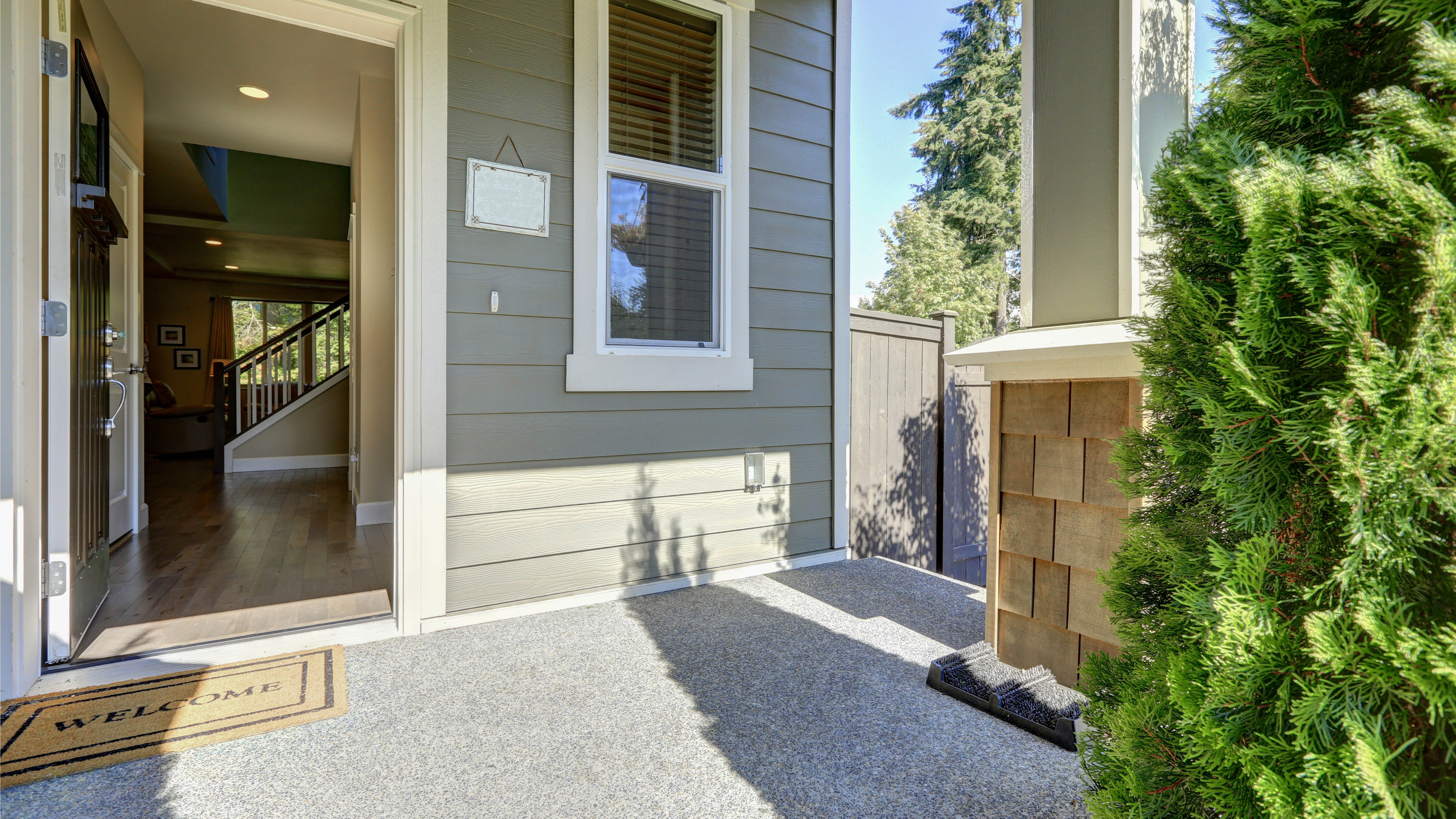
If you suffer from outdoor allergies, you’re probably bringing allergens into the home through your clothes and shoes. In fact, studies suggest that half of the indoor dust that accumulates in our home is actually produced outside and brought in with us. What's more, if you have a pet, they’re bringing in extra allergens too.
When entering your home, keep dust at bay by removing your shoes, coats and outdoor clothing straight away. If possible, shower or change clothes after outdoor activities, to prevent you from transferring allergens onto your furniture. In addition, place quality door mats inside and outside all external doors, to reduce the amount of dirt going through the home.
2. Dust your home often
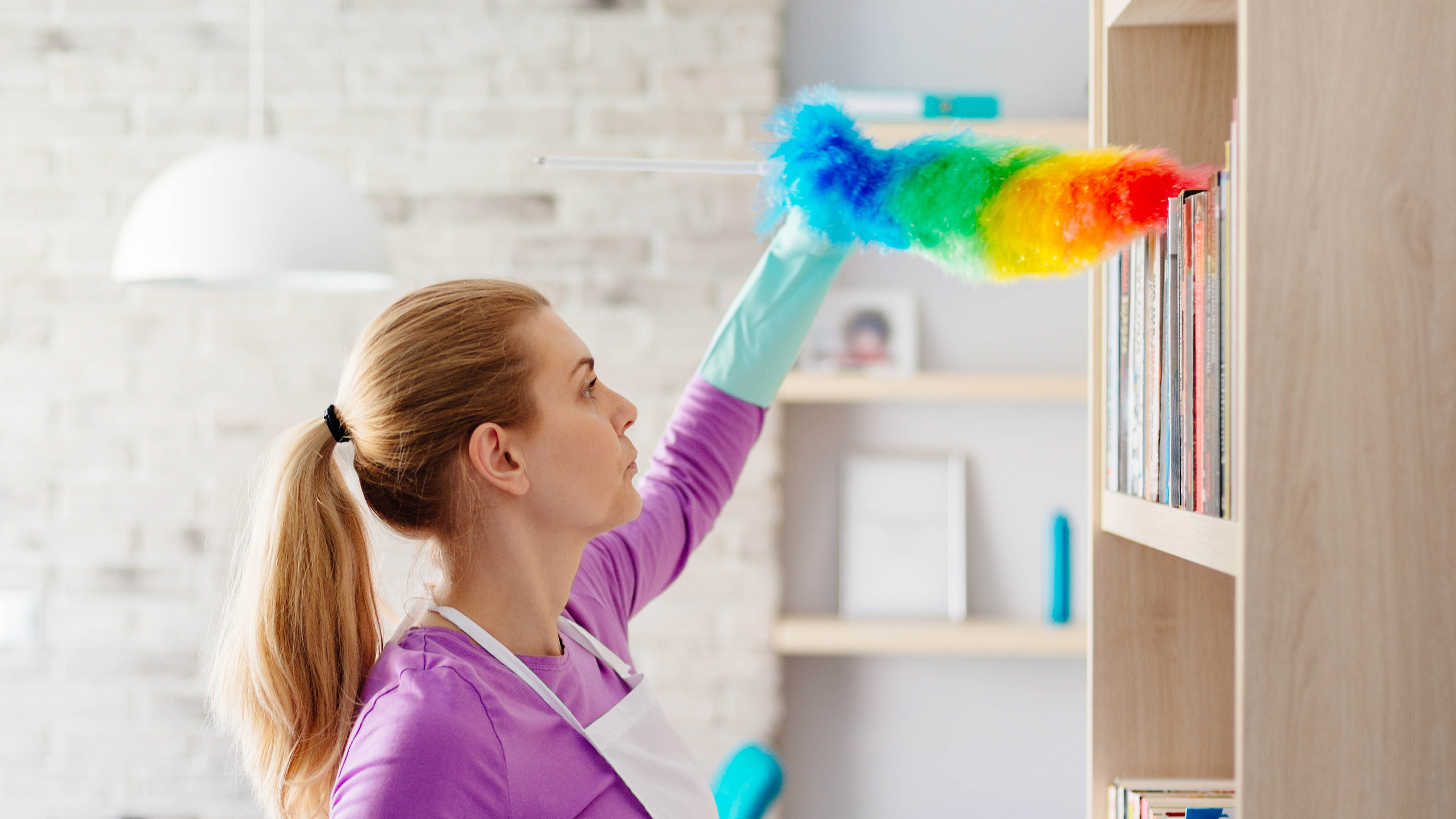
Alongside knowing how to clean every room in your home, dusting thoroughly is essential for reducing allergens. Experts recommend using a damp sponge or microfiber cloth to wipe down surfaces. This will prevent dispersing particles into the air. In any case, a vacuum attachment can be used for those hard-to-reach areas too, such as corners, crevices and skirting boards.
It’s always best practice to start dusting from the top (ceiling fans, light fixtures, etc), and work your way down to the floors. Whatever you do, don’t make these cleaning mistakes, and save yourself time. For more tips, check out how to get rid of dust mites quickly for a thorough clean.
3. Vacuum and wash floors regularly
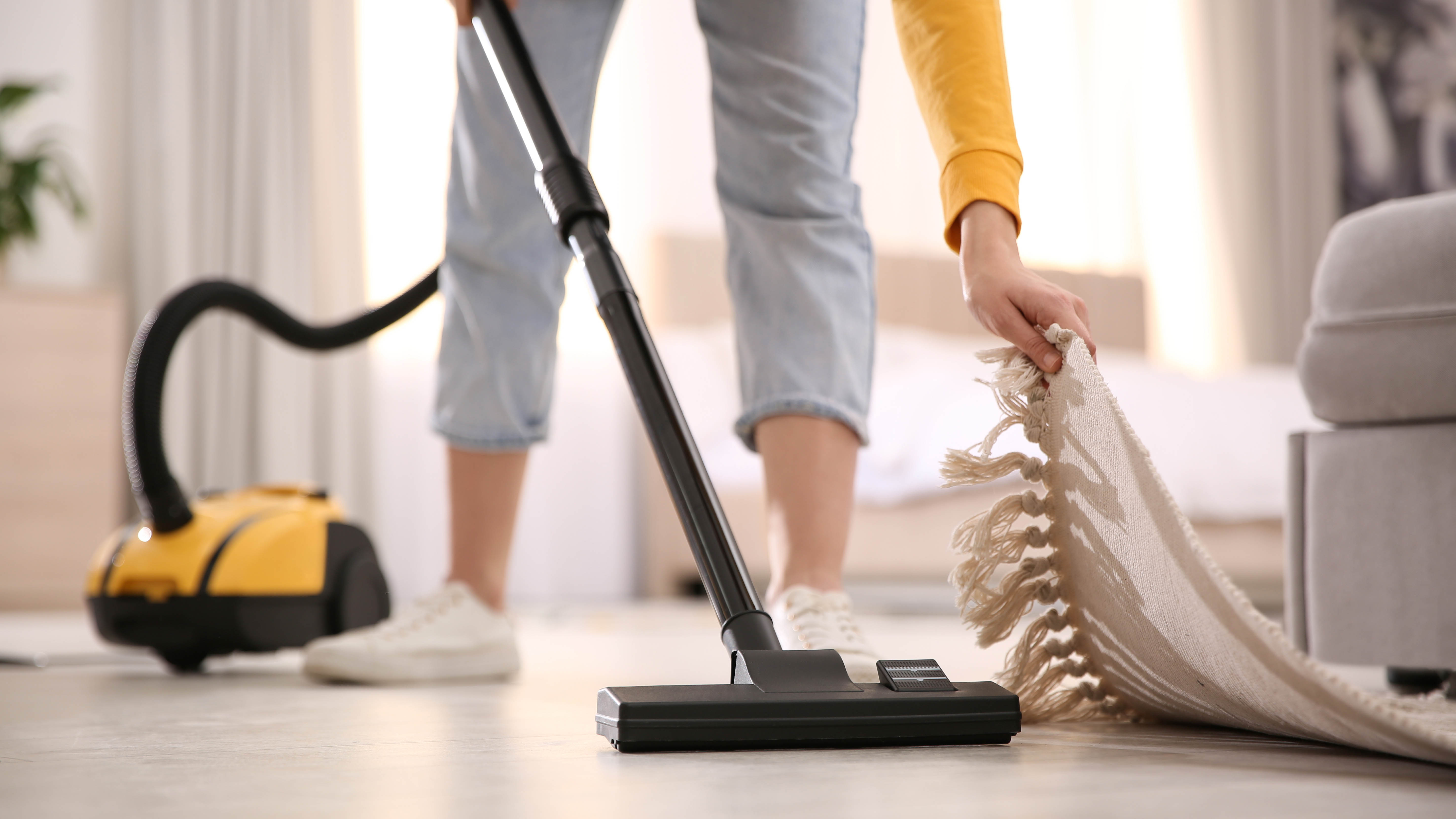
Carpets often trap dust mites and allergens between the fibres, so you’ll need one of the best vacuum cleaners to tackle this. Ensure you buy one with HEPA filtration, which traps tiny particles, and airborne allergens.
Get instant access to breaking news, the hottest reviews, great deals and helpful tips.
If you have laminate, tile or wooden flooring, you can eliminate dust particles with regular mopping or steaming. If have hardwood and don’t want to damage it, check out how to clean hardwood floors for top tips. In fact, wood and tile are ideal floor types for allergy sufferers.
4. Clean your sofa often
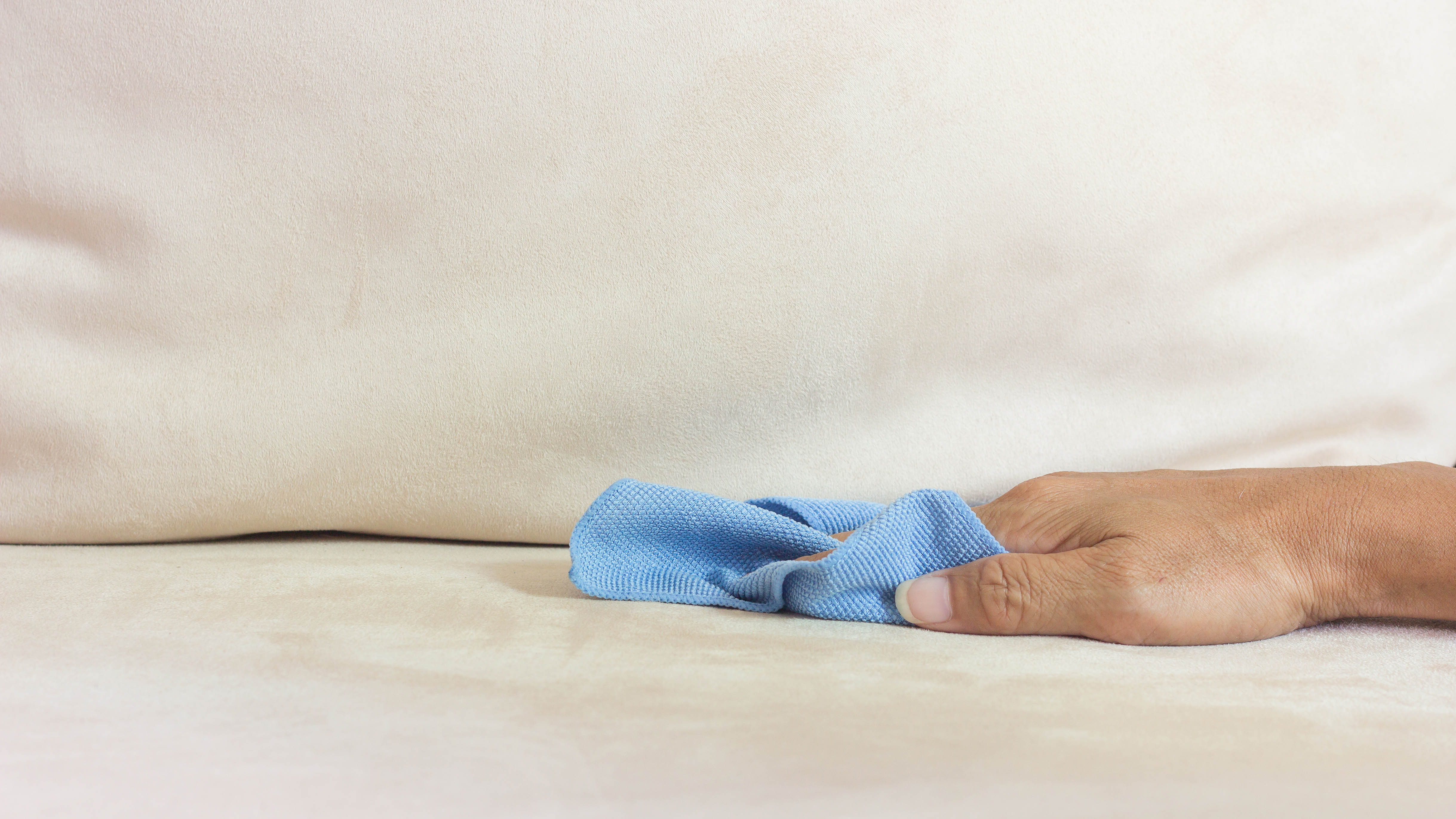
Similar to carpets, fabric upholstery can be a breeding ground for allergens. This is often the case if any pollen or dust transfers from our clothes into the fabric. Vacuum your sofas with the upholstery attachment on a weekly basis. In addition, put your cushion covers or cozy throws into the washing machine, as these pick up dust daily.
For leather or faux leather sofas, you can easily wipe off pollen, dust, and dander. But you may want to check out how to clean a leather couch to do this properly, without damaging it.
5. Keep windows closed
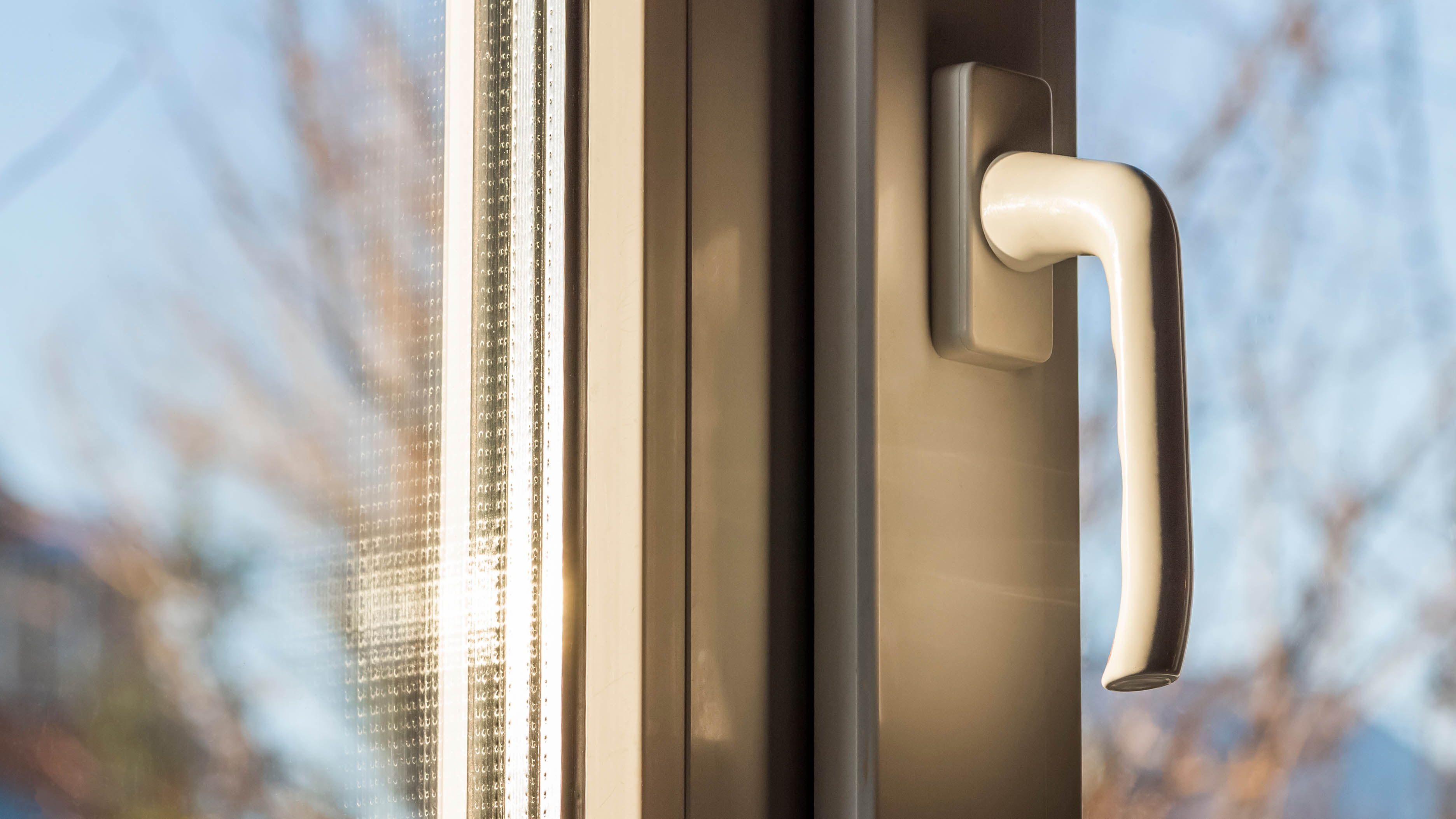
We all love a cool breeze in the summer, but if you suffer from seasonal allergies, opening windows will only let pollen inside. Ensure you keep windows closed in the bedroom, or wherever you spend most of your time, and turn on the air conditioner to keep cool instead.
Experts suggest you can open your windows from mid-afternoon until evening when conditions are dry. Most people with sensitive sinuses cope better in a dry, air-conditioned environment, free from pollen and dust.
6. Invest in an air purifier
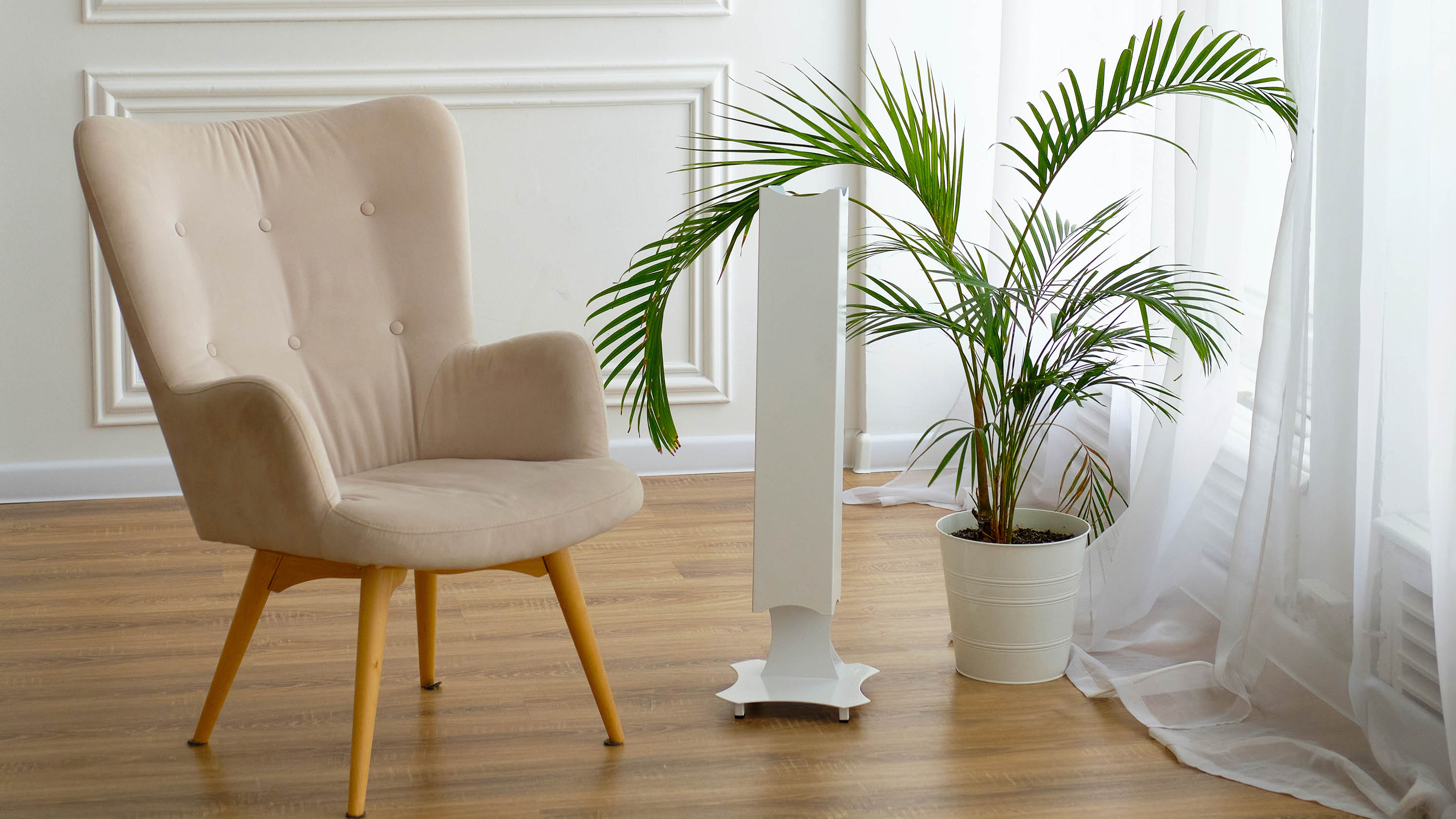
If you suffer from severe allergies, you may want to invest in one of the best air purifiers to help improve the air quality. Air purifiers are designed to filter out any unwelcome airborne particles, such as dust, pollen and smoke.
Before you buy, it’s worthwhile to check the Clean Air Delivery Rate (CADR) if it's available. The higher the CADR, the faster the unit filters air. In addition, make sure you buy one that is suitable for the size of the room.
7. Wash bedding weekly

Dust mites thrive in warm environments, especially in the bedroom. Start by removing decorative throw pillows and pick up some dust-mite-proof encasements, like this Hospitality Products Mattress Encasement ($39, Amazon), for your mattress and pillows.
Experts recommend washing your bedding, including pillowcases, sheets, and covers, at a high temperature every two weeks. The ideal temperature to wash your bedding is at least 130 degrees F, before drying on a hot setting for 15 minutes, although check the care label for guidance.
If you have pets, you’ll want to keep them out of the bedroom as they spread allergens easily. In any case, pets should be brushed regularly and bathed well to help reduce dander.
- Read more: Can you buy a mattress that's naturally resistant to common allergens? Yes —here’s what to look for
8. Get rid of fluffy rugs

No matter how cozy they feel, thick, fluffy rugs can easily trap dust and allergens. If you do prefer rugs to cover your hardwood floors, choose a short-pile or no-pile style instead. The short-weaves made from polypropylene or sisal are durable and easy to clean. Or if you want to splash out, wool is more mold-resistant than synthetics.
9. Go for non-toxic cleaning products
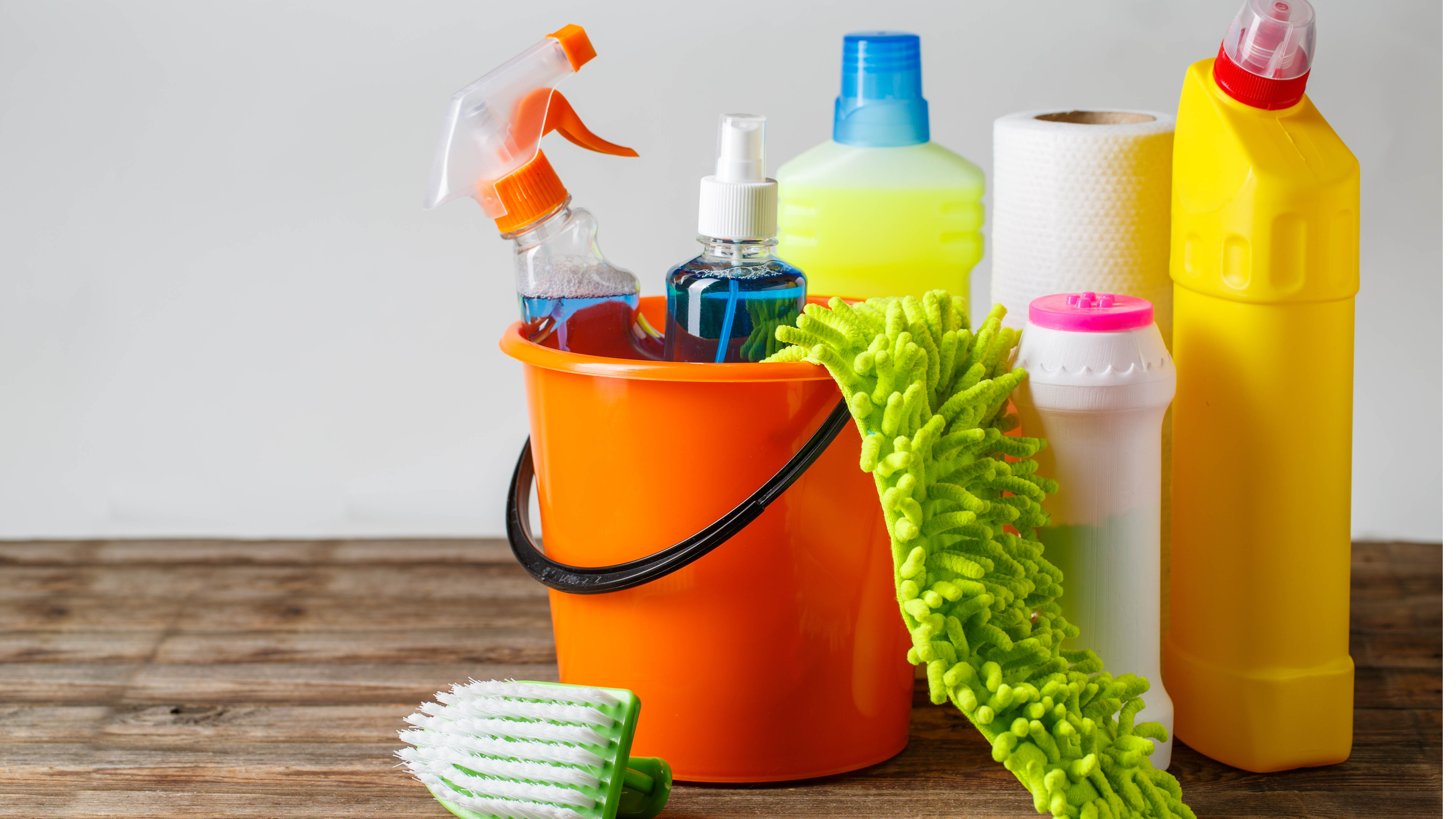
Commercial cleaning products often contain toxins that create unwelcome airborne particles. In addition, some chemicals or fragrances may trigger allergic reactions. Always check the labels when buying cleaning products to ensure they’re non-toxic.
Better still, why not make your own homemade cleaning products? White vinegar is a natural cleaning agent along with baking soda. If you want to know why, check out what makes baking soda and vinegar so good at cleaning.
Other tips to allergy-proof your home
- Clean air conditioning filters regularly
- Ensure air conditioners are inspected often
- Reduce household irritants such as candles and fragrances
- When decorating use low or zero-VOC paints
- Ideally, use portable air purifiers throughout your home
If you want to keep your floors effortlessly clean, it's worthwhile checking out the best robot vacuums. If you're a die-hard Dyson fan, here's how to clean a Dyson vacuum. Or find out why my Dyson works just fine, but I'm upgrading to something else.

As the Homes Content Editor, Cynthia Lawrence covers all things homes, interior decorating, and garden-related. She has a wealth of editorial experience testing the latest, ‘must-have’ home appliances, writing buying guides and the handy ‘how to’ features.
Her work has been published in various titles including, T3, Top Ten Reviews, Ideal Home, Real Homes, Livingetc. and House Beautiful, amongst many.
With a rather unhealthy obsession for all things homes and interiors, she also has an interior design blog for style inspiration and savvy storage solutions (get rid of that clutter!). When she’s not testing cool products, she’ll be searching online for more decor ideas to spruce up her family home or looking for a great bargain!
